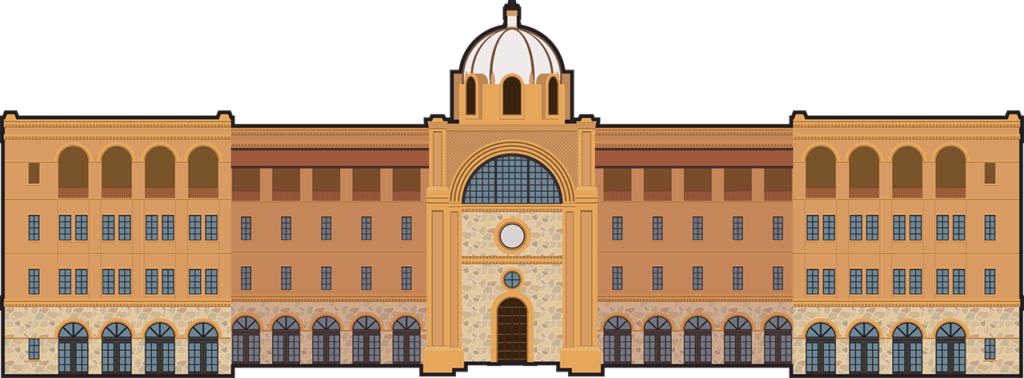
Students from boards that aren’t as lenient as CBSE are at a huge disadvantage when it comes to college admissions.
The disparity between the marking schemes of CBSE and certain state boards is so high that it creates an unfair playing field for undergraduate college admissions. Even the toppers of some state boards do not have the percentages required to secure admission in the top colleges of, say, Delhi University, which solely consider Class 12 board marks while granting admission.
For example, the students who topped the Bihar School Examinations Board in 2018 scored 86.02% marks. Unfortunately, going by 2017’s cutoffs, the Bihar School Examinations Board toppers’ results would not have been good enough to make it to even the last cut off for Economics (98.25%) or B.Com (97.375%) at DU’s Shri Ram College of Commerce (SRCC).
Students from boards that do not award marks as leniently as the CBSE or ISC, are therefore at a massive disadvantage when it comes to college admissions, for absolutely no fault of their own.
In 2018, the Uttar Pradesh State Board toppers scored 93.2%, an overall percentage not good enough to gain entry into most top-ranked DU colleges. But not all state boards feel the pinch – there are some state boards which are as high-scoring, or even more, than CBSE and ISC.
The feeling of unfairness is exacerbated when students from the state boards realise that despite public assurances from the central government and the CBSE itself, the national board continues to unfairly and unequally tamper students’ marks.
For example, the state board in Tamil Nadu, well known for its extremely high scoring results, often disproportionately dominates admissions in top DU colleges.
In 2016, certain courses at SRCC saw 75% to 80% seats going to students from the Tamil Nadu board.
Here’s how this was possible. The cutoff for the Economics course at SRCC was 98.25% and for B.Com (Honours), it was 98%. But the Tamil Nadu board had awarded aggregate scores of 99% and above to a huge number of students, which resulted in them dominating the DU admissions.
Since there is no rationalisation of marks from different boards, the admissions process is itself imbalanced. However, it is made far more unequal and biased once the tampering of marks by the CBSE is taken into account.
This is why high-scoring boards such as the Tamil Nadu board, CBSE and ISC are at an advantage compared to boards with stricter marking schemes such as the state boards in Bihar, Uttar Pradesh & Maharashtra.

